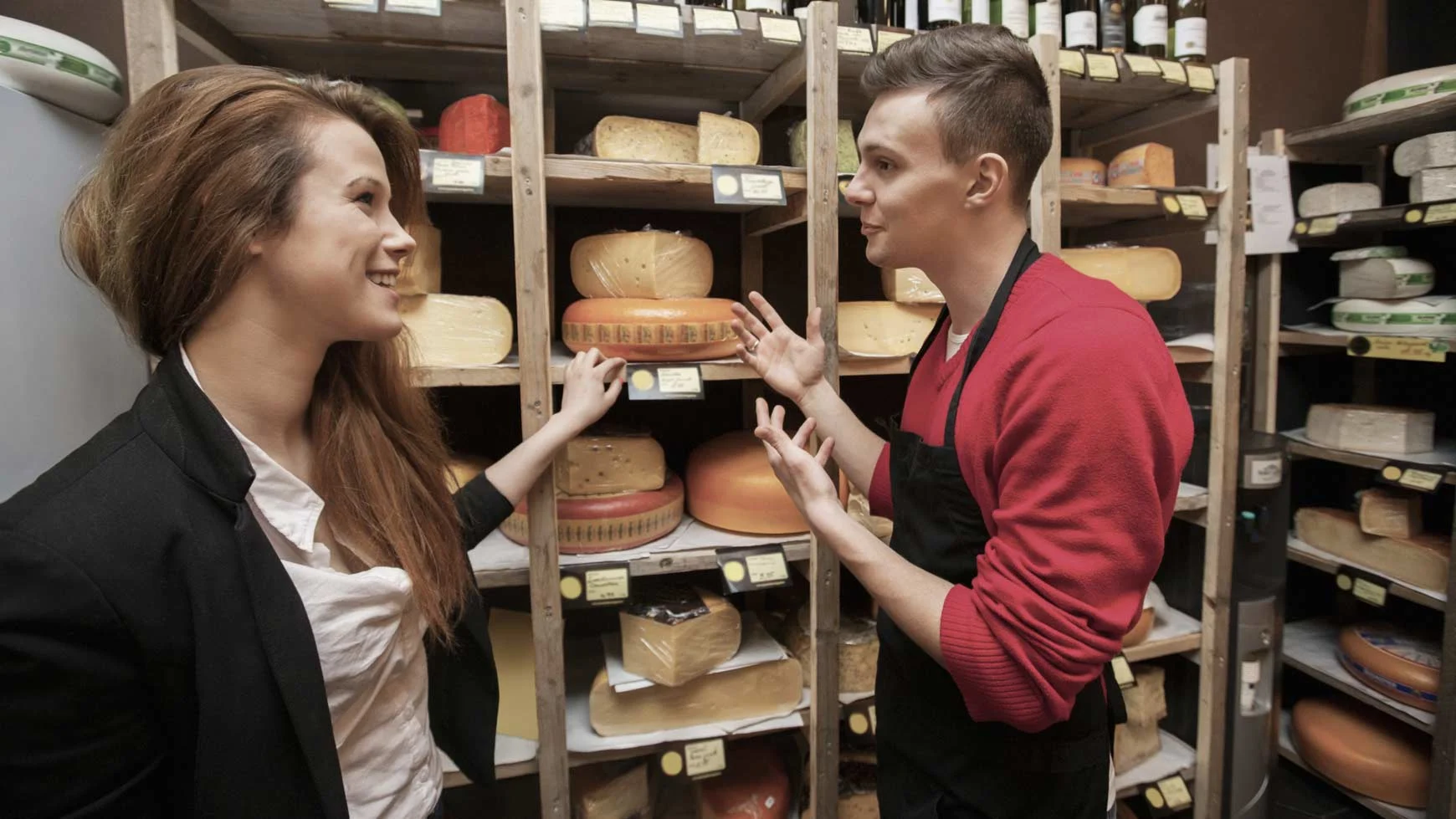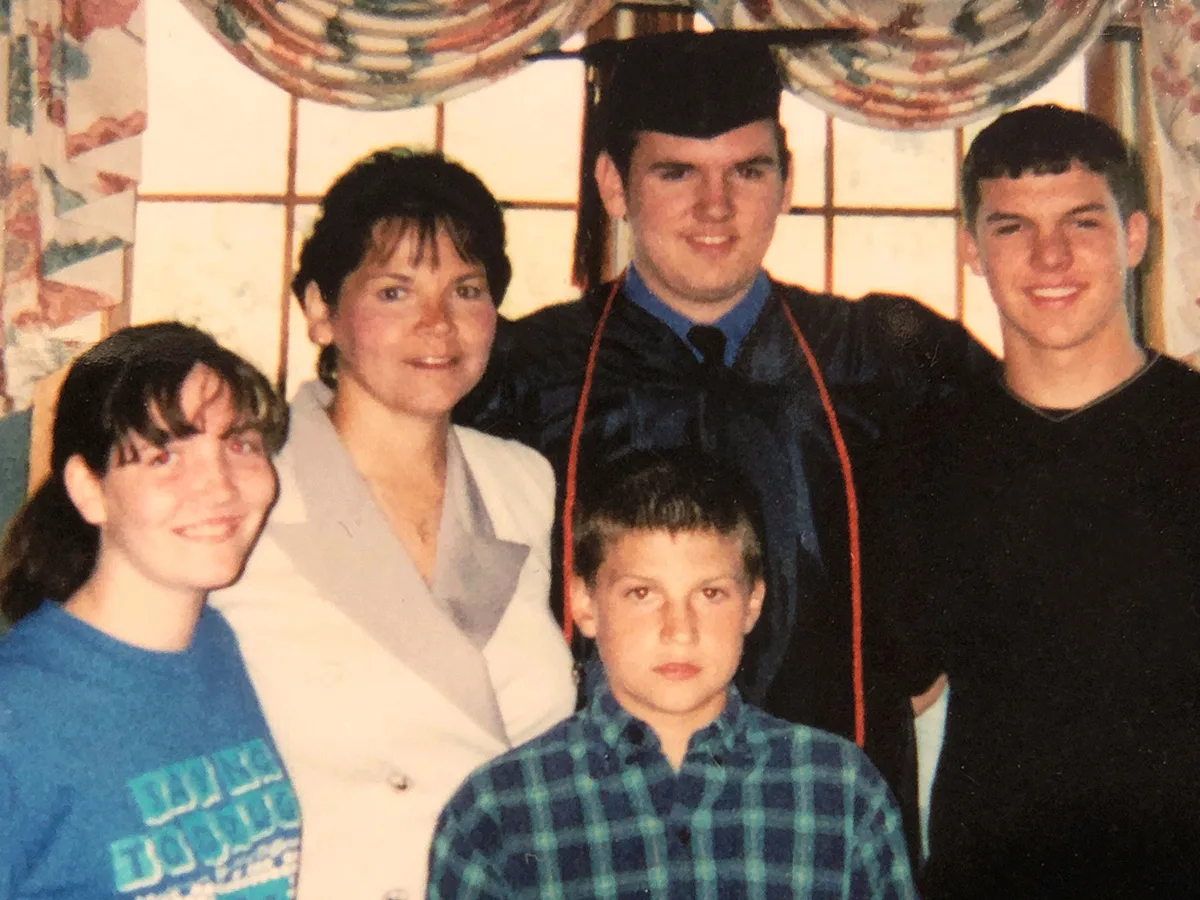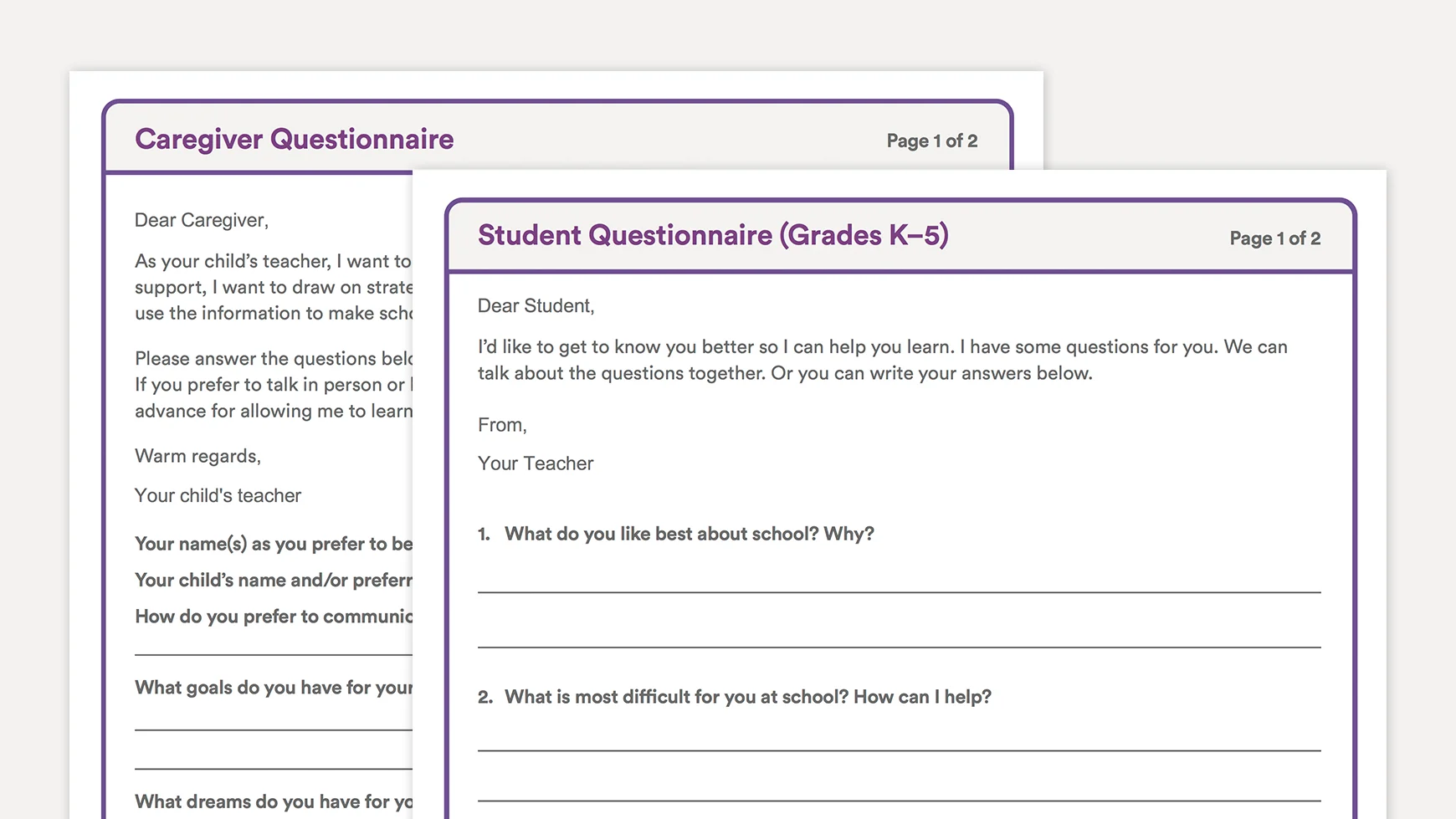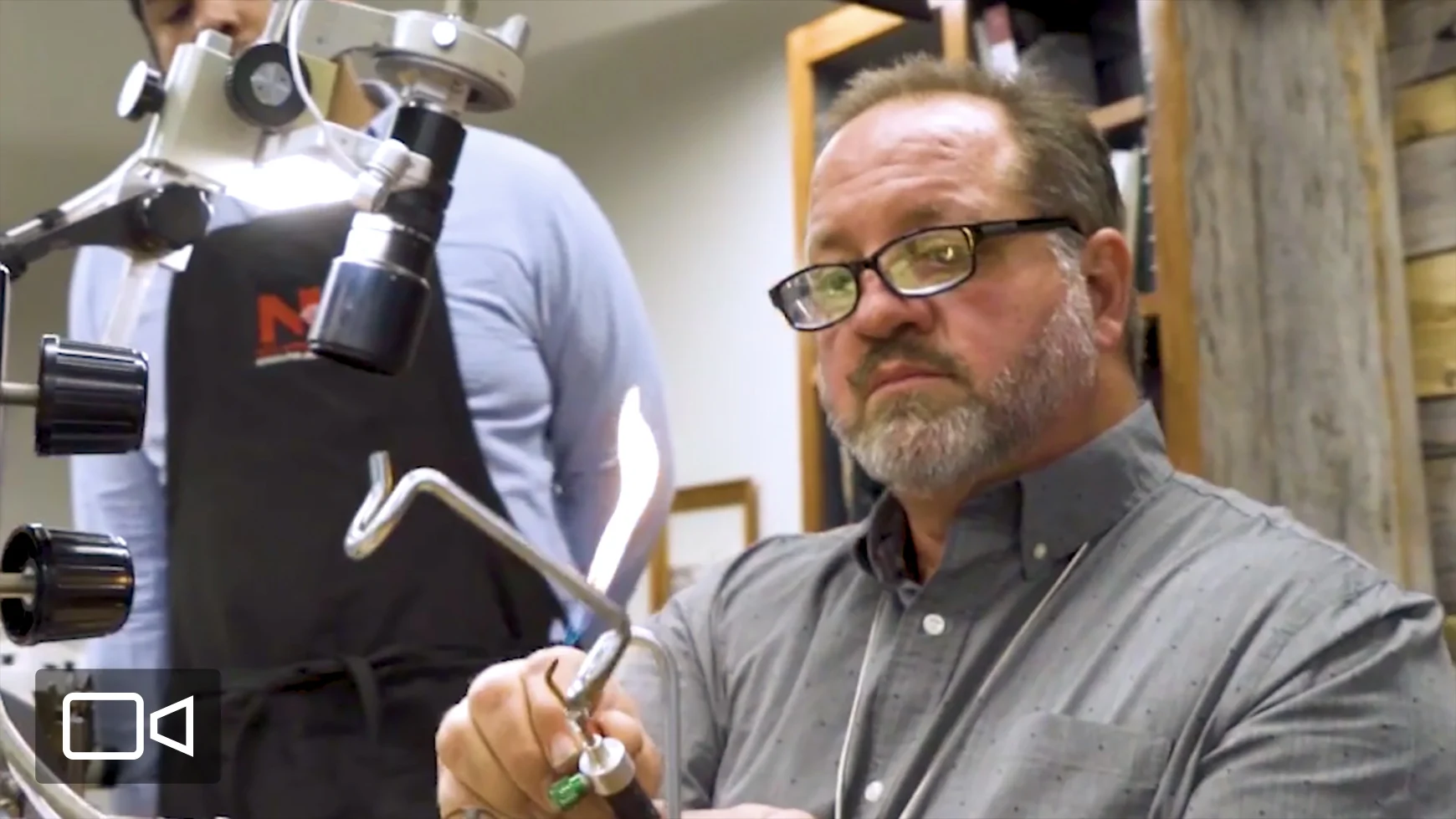43 resultado para: "strengths"








How I taught my students to give praise and other feedback
When I started to think about praise and other types of feedback in my classroom, I found myself asking, “Why am I the only one giving the praise?” I came to the conclusion that I don’t and shouldn’t control all the praise in my room. I know from experience that praise from a student’s peer can be even more powerful than praise from a teacher. Whether I teach students who are just learning to read or learning to drive, I want my students to be leaders who intentionally look for the good in others and build on each other’s strengths.Here are a few things I’ve learned to encourage discussion, collaboration, and students seeing the best in each other. These actions, when performed together, have helped build a culture of praise in my classroom.Stop Talking...Students can't praise each other if you’re talking all the time. How can you change that? I learned a simple but powerful acronym during my fellowship with Harvard Project Zero: Why Am I Talking (WAIT). The acronym causes me to pause before contributing to the conversation and has led me to talk less.When I became a fifth-grade teacher, I felt the need to try and explain everything. Everything. Turns out, that was an awful idea.Three months into the school year, I realized something needed to change. We were months behind in math and were also getting two new students. I had a dilemma: How could I make sure we had the time to welcome the new students and make gains in our math content? I decided to talk less and ask my students to do more. With our math goals in mind, I challenged the class to design and build a table to accommodate our new students. I observed my students problem solving together, negotiating, and debating about math as they collaborated. After a while, the message was clear: I made the right choice to talk less.After that, my students participated in group discussions at least twice a day. We had morning and afternoon meetings to discuss the day’s work and think about next steps. During the meetings, we formed a circle in the back of the room to create a shared space for bouncing around ideas. These meetings gave students a chance to reflect, make choices, praise each other, and offer other feedback.Knowing that not all of the students wanted to share ideas face-to-face, we also used tech tools like Canvas and Flipgrid during discussions. These tools allowed students to capture their thoughts and share them digitally. I reviewed the comments, and students could flag if they didn’t want theirs shared aloud. Eventually, most of my students felt comfortable sharing their thoughts with the whole class.These structured meetings were a good start, but casual conversations take place all the time in the classroom, especially during group work. After implementing my “talk less” policy, I discovered that the way students delivered praise and constructive input in these casual conversations wasn’t always going well.In the absence of my voice, I realized that students needed to learn how to talk to each other. ...But Provide CoachingAfter talking with my students, I learned they were not always feeling heard or valued during group work. They were getting turned off by their peers’ replies to their ideas.When comments started with “That doesn’t make any sense because...,” students felt their ideas were less important. The students giving the feedback didn’t realize that by leading with a personal opinion, they were putting themselves above the group. These comments required me to swoop in and reassure students, and I wanted to stop having to do that.We needed to find statements that allowed students to communicate their thoughts—both praise and constructive feedback—without turning away their peers. We needed ways for students to question, support, and share ideas effectively and respectfully. So, we added some sentence starters to build on each other’s statements without taking away from anyone else:What would it look like if ________?I love what _____ said, and I would like to add on. Is that OK?Understood Tip for Students Who Learn and Think Differently Some students may need more time to process their thoughts, so they may not have praise or other input to offer right away. Give students extra time to think by providing them with specific questions ahead of time. You can also allow students to capture their feedback in writing and share it over the course of a day, such as by writing feedback on a sticky note or asking for rolling feedback in a Google Doc. After implementing these new sentence starters, students reported feeling heard, wanting to hear more from others, and being more willing to stay in the conversation. They began sharing and praising each other’s work, and it made a huge difference in the culture of our classroom.With these changes, the biggest takeaway for me wasn’t about catching up in math, completing successful projects, or talking less. It was about empowering students to lead their own learning by giving them the space and support they needed to praise and give feedback to each other.—Eric CrouchEric Crouch is a fifth-grade general education teacher in Columbus, Georgia. He has a B.S. in early childhood from Columbus State University, an M.Ed. in elementary education from Troy University, and a specialist certificate in educational leadership from Columbus State University. In 2019, Crouch was named one of 50 finalists for the Global Teacher Prize.Any opinions, views, information, and other content contained in blogs on Understood.org are the sole responsibility of the writer of the blog, and do not necessarily reflect the views, values, opinions, or beliefs of, and are not endorsed by, Understood.

Questionnaires for connecting with students and families
You can learn a lot about your students’ abilities from prior work, testing, and records. But records alone aren’t the best way to learn who your students are. Getting to know your students in a way that builds meaningful connections and authentic relationships comes from gathering information directly from primary sources—students and their caregivers. Sometimes it’s hard to find the right questions to ask about your students with learning and attention issues. That’s where student and caregiver questionnaires come in handy. If you think of yourself as an investigator, these questionnaires are tools to help you crack the case. They give you an opportunity to ask and learn about a students’ strengths, interests, and challenges. Interviewing students’ caregivers can help you gather clues and begin a healthy partnership in support of your students. Caregivers know what brings their child joy, what causes frustration, and how the child reacts in different settings. These are insights you don’t have access to without asking. As educators, we know parents are the foremost experts on their children. It’s critical to get their unique perspective before a student starts to struggle. For English language learners: The Spanish version of the caregiver questionnaire can help you better understand Spanish-speaking families. This way, you can find more effective ways to teach English language learners in school. No matter the home language, keep in mind that caregivers from some cultures may be more comfortable speaking with you than others, especially when discussing disabilities. You may want to use a word like challenges when referring to disabilities to allow caregivers to be more open to discussing their children’s issues. Also, if the caregivers prefer to speak in person or by phone, arrange to use translation services (such as a colleague or a translation tool), if necessary. Administering the QuestionnairesThe best time to give out the questionnaires is at the beginning of the school year. This way you can start the year with as much information as possible. The questionnaires are also handy in advance of parent-teacher conferences, back-to-school night, or other meetings with caregivers. No matter when you use them, be sure to let students and caregivers know the information will be kept private. You can administer the questionnaires in one of two ways: First, you can invite students and caregivers to write their responses. Be sure to explain the purpose of the exercise. Invite them to ask about the wording or intent of the questions. In this case, you can also offer to have a follow-up meeting or phone call to discuss the caregiver’s responses. Or you can schedule a time to ask the questions in face-to-face conversations. These discussions often provide you with better information. They also give you a chance to read the questionnaire with struggling students. The questions will help you focus on gathering specific pieces of information. That said, be open to going off script so students and caregivers can elaborate on responses or raise other issues. Sometimes the most important information comes not from the answer to a question, but from the moments you pause to allow others to share what’s on their mind. Putting the Information to WorkThe questionnaires are only as useful as what you do with the responses. After using them in her classroom, Melissa Sandler, a third-grade teacher in Maryland and an Understood Teacher Fellow, shared the following tips about how to maximize the information you gather: Let students and caregivers know you reviewed their responses carefully.Refer to the questionnaires as talking points during parent-teacher conferences and other communication.Offer ideas for how you’ll act on the information.Translate those ideas into classroom practice as soon as possible.Reflect on your practice: In what other ways do you gather information from students and caregivers? Which methods have been the most successful, and why?Teacher-to-Teacher Advice for Administering the Questionnaires“In administering the questionnaire about likes and interests, it may be beneficial for the student’s understanding to have a checklist or a list of examples, because there may be some students who struggle with vocabulary or idea formulation. My student did not know the word for trampoline, so he just reported that he likes to jump. When I clarified this with the caregiver, she told me that he meant trampoline—and I made the connection that this student was enrolled in our afterschool program.” — Denise Panaligan, middle school teacher in California and 2018–2019 Understood Teacher Fellow “I told my student I wanted his honest opinion about everything before we started and I sat with him. When he had difficulty I could prompt him with other questions so that he could think about them a little deeper. I could also see and feel his emotions when responding to the questions. Having this conversation did a lot for our relationship. I am also planning on following up on the parent survey during parent-teacher conferences.” —Ashlee Upp, third-grade teacher in Delaware and 2018–2019 Understood Teacher Fellow

Questionnaires for Connecting With Students and Caregivers
Student Questionnaire (Grades K–5) ( / )Student Questionnaire (Grades 6–12) ( / )Caregiver Questionnaire (English) ( / )Caregiver Questionnaire (Spanish) ( / )You can learn a lot about your students’ abilities from prior work, testing, and records. But records alone aren’t the best way to learn who your students are. Getting to know your students in a way that builds meaningful connections and authentic relationships comes from gathering information directly from primary sources—students and their caregivers.Sometimes it’s hard to find the right questions to ask about your students with learning and attention issues. That’s where student and caregiver questionnaires come in handy. If you think of yourself as an investigator, these questionnaires are tools to help you crack the case. They give you an opportunity to ask and learn about a students’ strengths, interests, and challenges.Interviewing students’ caregivers can help you gather clues and begin a healthy partnership in support of your students. Caregivers know what brings their child joy, what causes frustration, and how the child reacts in different settings. These are insights you don’t have access to without asking. As educators, we know parents are the foremost experts on their children. It’s critical to get their unique perspective before a student starts to struggle.For English language learners: The Spanish version of the caregiver questionnaire can help you better understand Spanish-speaking families. This way, you can find more effective ways to teach English language learners in school. No matter the home language, keep in mind that caregivers from some cultures may be more comfortable speaking with you than others, especially when discussing disabilities. You may want to use a word like challenges when referring to disabilities to allow caregivers to be more open to discussing their children’s issues. Also, if the caregivers prefer to speak in person or by phone, arrange to use translation services (such as a colleague or a translation tool), if necessary.Administering the QuestionnairesThe best time to give out the questionnaires is at the beginning of the school year. This way you can start the year with as much information as possible. The questionnaires are also handy in advance of parent-teacher conferences, back-to-school night, or other meetings with caregivers. No matter when you use them, be sure to let students and caregivers know the information will be kept private.You can administer the questionnaires in one of two ways: First, you can invite students and caregivers to write their responses. Be sure to explain the purpose of the exercise. Invite them to ask about the wording or intent of the questions. In this case, you can also offer to have a follow-up meeting or phone call to discuss the caregiver’s responses.Or you can schedule a time to ask the questions in face-to-face conversations. These discussions often provide you with better information. They also give you a chance to read the questionnaire with struggling students.The questions will help you focus on gathering specific pieces of information. That said, be open to going off script so students and caregivers can elaborate on responses or raise other issues. Sometimes the most important information comes not from the answer to a question, but from the moments you pause to allow others to share what’s on their mind.Putting the Information to WorkThe questionnaires are only as useful as what you do with the responses. After using them in her classroom, Melissa Ruben, a third-grade teacher in Maryland and an Understood Teacher Fellow, shared the following tips about how to maximize the information you gather:Let students and caregivers know you reviewed their responses carefully.Refer to the questionnaires as talking points during parent-teacher conferences and other communication.Offer ideas for how you’ll act on the information.Translate those ideas into classroom practice as soon as possible.Reflect on your practice: In what other ways do you gather information from students and caregivers? Which methods have been the most successful, and why?Teacher-to-Teacher Advice for Administering the Questionnaires“In administering the questionnaire about likes and interests, it may be beneficial for the student’s understanding to have a checklist or a list of examples, because there may be some students who struggle with vocabulary or idea formulation. My student did not know the word for trampoline, so he just reported that he likes to jump. When I clarified this with the caregiver, she told me that he meant trampoline—and I made the connection that this student was enrolled in our afterschool program.” — Denise Panaligan, middle school teacher in California and 2018–2019 Understood Teacher Fellow“I told my student I wanted his honest opinion about everything before we started and I sat with him. When he had difficulty I could prompt him with other questions so that he could think about them a little deeper. I could also see and feel his emotions when responding to the questions. Having this conversation did a lot for our relationship. I am also planning on following up on the parent survey during parent-teacher conferences.” —Ashlee Upp, third-grade teacher in Delaware and 2018–2019 Understood Teacher Fellow
Video: Estudiantes universitarios hablan sobre aprovechar las destrezas y las diferencias
La universidad es el momento perfecto para que los jóvenes con dificultades de aprendizaje y de atención descubran sus aptitudes y aprendan cómo salir adelante en sus estudios y en la vida. Vea hablar a varios estudiantes de Landmark College, una universidad para personas que aprenden de manera diferente, sobre cómo su experiencia en la universidad los ha ayudado a desplegar su potencial.Nota: Este y algunos videos de YouTube pueden ser configurados con subtítulos en español. En la parte inferior de la pantalla del video localice “CC”, “Captions” y haga clic. Seleccione “ON” y luego la opción “Translate”. Busque “Spanish-Español”, seleccione y haga clic en “OK”. Ahora podrá reproducir el video con subtítulos en español.

Video: College students on embracing strengths and differences
La universidad es el momento perfecto para que los jóvenes con dificultades de aprendizaje y de atención descubran sus aptitudes y aprendan cómo salir adelante en sus estudios y en la vida. Vea hablar a varios estudiantes de Landmark College, una universidad para personas que aprenden de manera diferente, sobre cómo su experiencia en la universidad los ha ayudado a desplegar su potencial.Nota: Este y algunos videos de YouTube pueden ser configurados con subtítulos en español. En la parte inferior de la pantalla del video localice “CC”, “Captions” y haga clic. Seleccione “ON” y luego la opción “Translate”. Busque “Spanish-Español”, seleccione y haga clic en “OK”. Ahora podrá reproducir el video con subtítulos en español.

Strengths chain: Hands-on activity to help kids identify their strengths
Para ayudar a los niños a progresar, es tan importante reconocer sus fortalezas como trabajar en sus desafíos. Esta es una manera divertida y ¡artesanal! de identificar las destrezas de su hijo y conectarlas en una cadena de papel o “cadena de fortalezas”.Descargue e imprima este grupo de hojas para realizar la actividad con su hijo. Hacerla juntos los ayudará a ver las fortalezas de su hijo y cómo se relacionan entre sí. (Si usted no tiene una impresora en casa puede imprimirlo en una biblioteca pública. Obtener una credencial es gratis en la biblioteca, pero las impresiones pueden tener un costo. También puede pedir que lo impriman en la escuela de su hijo, o puede crear su propia versión a mano en una hoja en blanco).Además, puede ver este video para aprender a hacer una cadena de fortalezas.
Video: Cómo un joyero con dislexia descubrió sus fortalezas
Blaine Lewis supo que aprendía de manera diferente desde temprana edad. Tenía muchas dificultades en la escuela con la lectura. Cuando tenía 8 años fue diagnosticado con dislexia. Blaine también tenía fortalezas. Asimilaba el conocimiento rápidamente, era talentoso con las manos y le encantaba crear cosas.A pesar de que sus padres querían que fuera a la universidad, él se dio cuenta de que ese no era su camino e inició una carrera en el trabajo del metal. En pocos años se volvió líder en la industria de la joyería y la montura de piedras.Escúchelo hablar de cómo descubrió sus destrezas como joyero y orfebre teniendo dislexia.Nota: Este video de Youtube tiene subtítulos en español. Comience a reproducir el video. En la parte inferior de la pantalla vaya a “Settings”, seleccione “Subtitles“ y haga clic en la opción “Español” . Ahora podrá reproducir el video con subtítulos en español. Asegúrese que la función “CC” esté activa.

Video: How a Jeweler With Dyslexia Found His Strengths
Blaine Lewis supo que aprendía de manera diferente desde temprana edad. Tenía muchas dificultades en la escuela con la lectura. Cuando tenía 8 años fue diagnosticado con dislexia. Blaine también tenía fortalezas. Asimilaba el conocimiento rápidamente, era talentoso con las manos y le encantaba crear cosas.A pesar de que sus padres querían que fuera a la universidad, él se dio cuenta de que ese no era su camino e inició una carrera en el trabajo del metal. En pocos años se volvió líder en la industria de la joyería y la montura de piedras.Escúchelo hablar de cómo descubrió sus destrezas como joyero y orfebre teniendo dislexia.Nota: Este video de Youtube tiene subtítulos en español. Comience a reproducir el video. En la parte inferior de la pantalla vaya a “Settings”, seleccione “Subtitles“ y haga clic en la opción “Español” . Ahora podrá reproducir el video con subtítulos en español. Asegúrese que la función “CC” esté activa.

Actividad para ayudar a los niños a identificar sus fortalezas
Para ayudar a los niños a progresar, reconocer sus fortalezas es tan importante como identificar sus dificultades. Esta es una manera ingeniosa de identificar las fortalezas de los niños y conectarlas en una cadena de papel. Imprima estas hojas y siga las instrucciones. Video: Cómo hacer una cadena de fortalezas¿Quiere ver una demostración antes de poner manos a la obra? Vea el siguiente video.Nota: Este video de YouTube tiene subtítulos en español. Comience a reproducir el video. En la parte inferior de la pantalla vaya a “Settings”, seleccione “Subtitles” y haga clic en la opción “Spanish”. Asegúrese de que la función “CC” esté activa.Indicaciones para familiasHaga la cadena de fortalezas con su hijo. Trabajar juntos los ayudará a reconocer las fortalezas que tiene su hijo y cómo se relacionan entre sí.¿Está pensando hacer esta actividad con más de un niño? Imprima un juego completo de hojas para cada niño. Tal vez descubra que tienen muchas fortalezas similares. Indicaciones para educadoresDespués de que cada estudiante elabore su cadena de fortalezas, únalas todas para hacer una cadena larga y cuélguela en el aula. Esta actividad puede promover una conversación sobre el hecho de que todos tenemos fortalezas y dificultades.La cadena completa también funcionará como un recordatorio visual para los estudiantes de que cada uno es un eslabón que contribuye a reforzar la comunidad dentro del aula.Más recursosRevise actividades divertidas para desarrollar la mentalidad de crecimiento que ayudarán a los niños a mejorar sus habilidades.Celebre los logros, grandes y pequeños, creando una caja de logros. Utilice esta lista para ayudar a los niños a identificar sus fortalezas.

Cómo identificar fortalezas en los niños
Todos los niños tienen fortalezas y desafíos. Aunque es natural enfocarse en las cosas con las que su hijo tiene dificultades y en las habilidades que necesitan mejorarse, es igual de importante reconocer sus fortalezas. Conocer esas fortalezas lo ayuda a desarrollar la autoconsciencia y la autoestima de su hijo. También puede usar esas fortalezas para trabajar en las áreas problemáticas de maneras que no causen frustración. Seguir estos pasos puede ayudarlo a reconocer las fortalezas de su hijo.Considere diferentes tipos de fortalezasLas fortalezas pueden ser grandes o pequeñas, visibles u ocultas. Utilice esta lista de verificación para identificar las capacidades de su hijo.Considere los intereses de su hijoA veces las fortalezas se reconocen a medida que su hijo explora sus intereses. Conozca maneras de ayudar a su hijo a desarrollar sus intereses y descubrir nuevas fortalezas. Tenga en cuenta que explorar las fortalezas requiere el método de ensayo y error. Puede que su hijo no sea bueno en algo en este momento, pero tener una “mentalidad de crecimiento” lo ayudará a ponerlo en perspectiva.Ayude a su hijo a identificar sus fortalezasPruebe hacer una “cadena de fortalezas” con su hijo. Es una actividad excelente para ayudarlo a reconocer sus fortalezas de una manera visible. También pueden hacer una divertida “caja de logros” que le permite darse cuenta de lo que está haciendo bien.Hablen de las fortalezasMantener un diálogo abierto y honesto acerca de las fortalezas (y los desafíos) puede ayudarlos a usted y a su hijo a reconocer y apreciar las aptitudes que él tiene. Lea algunas sugerencias para hablar con su hijo.Tome nota de las fortalezas y los logros de su hijoObserve a su hijo en acción y tome nota de los éxitos (grandes y pequeños) que usted vea, así como de las fortalezas que lo ayudaron a lograrlos. (También ayuda ver las dificultades). Es bueno poder decir: “Esto es lo que observé. Hiciste un trabajo excelente”.
Copyright © 2014-2024 Understood For All Inc.